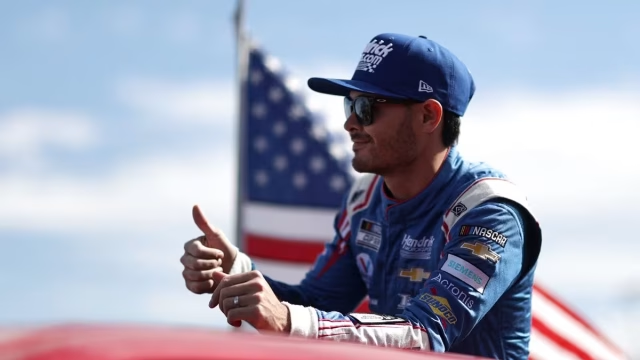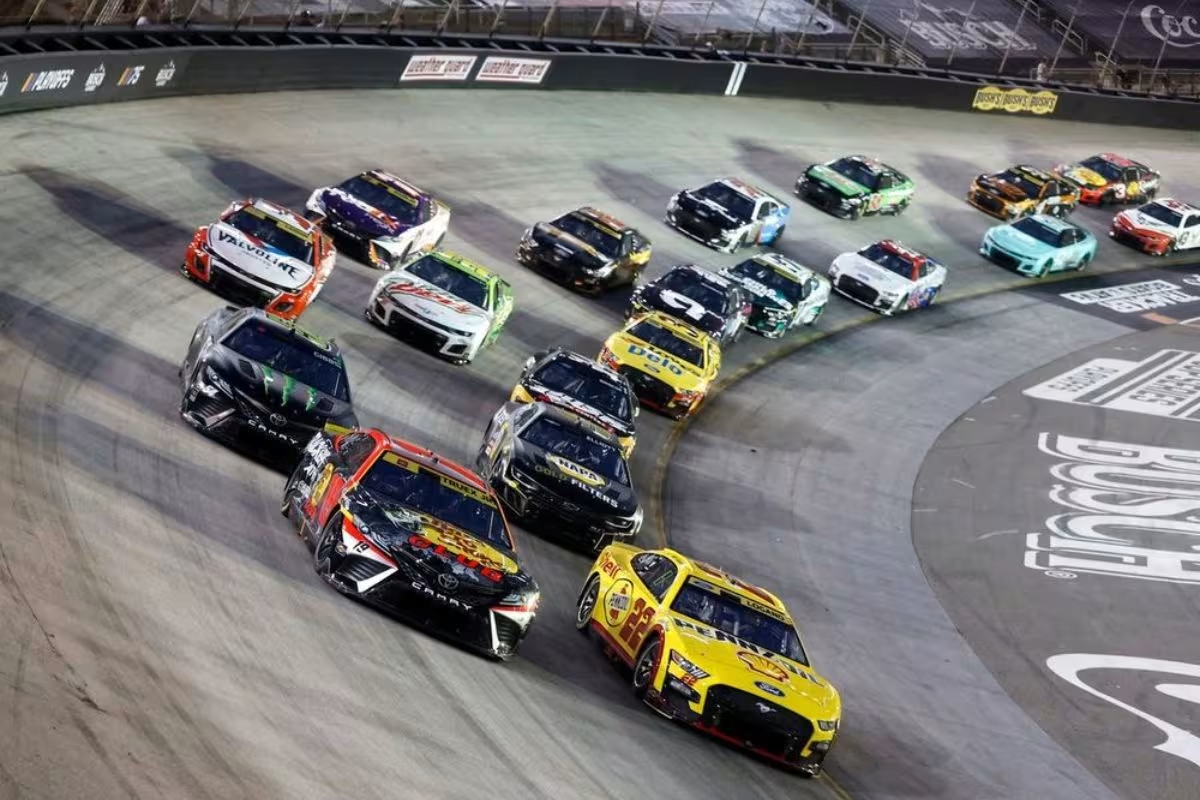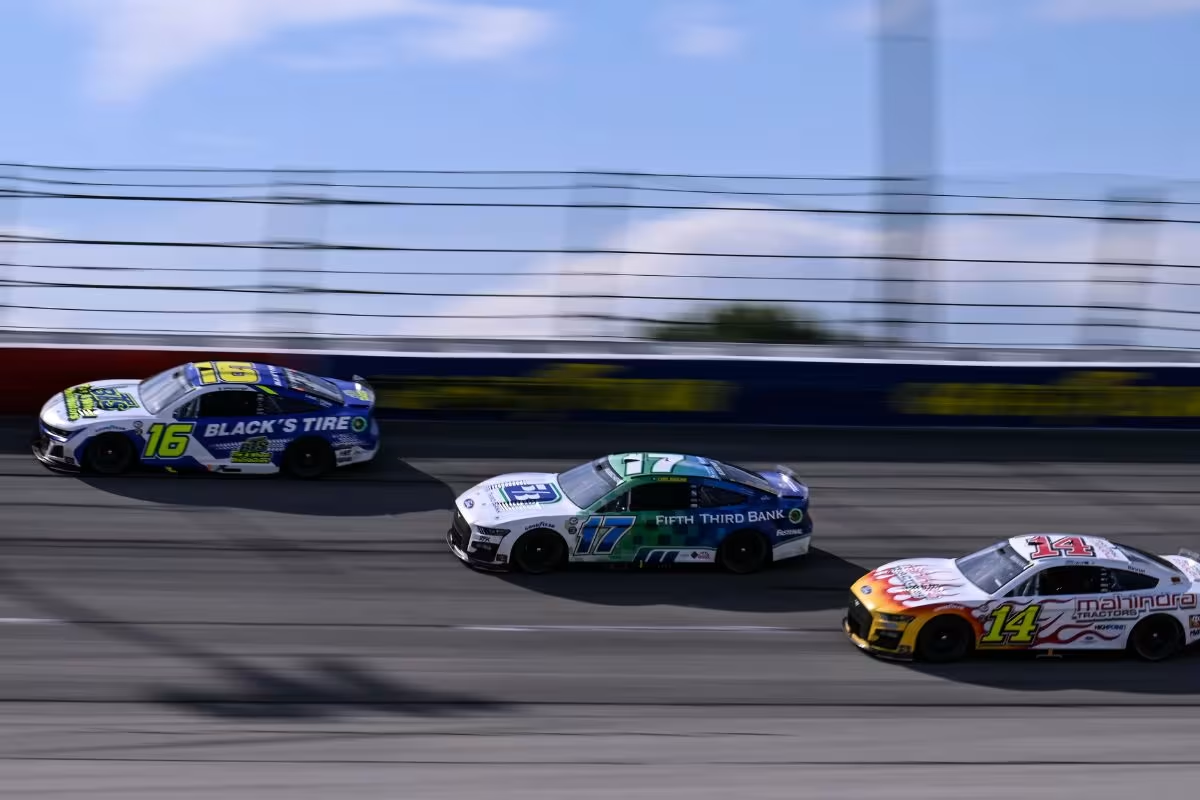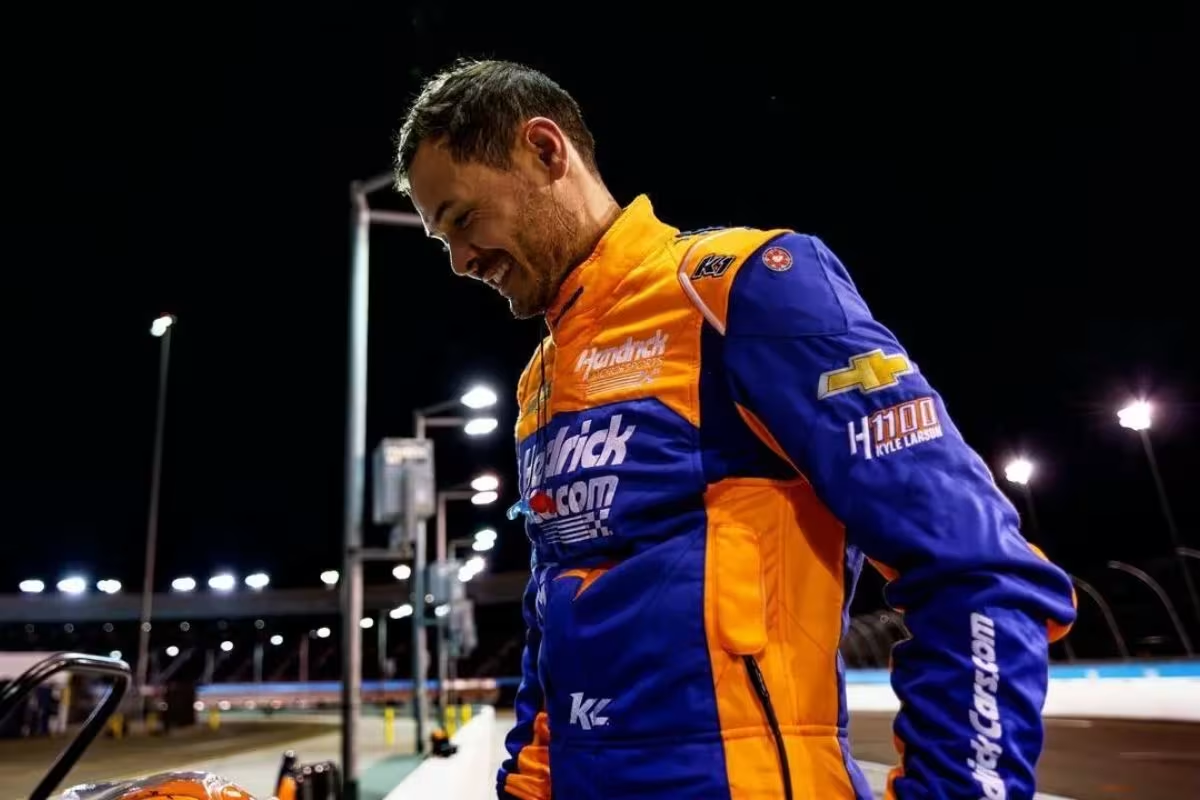NASCAR Next-Gen Defense: Cliff Daniels, Kyle Larson‘s crew chief, recently offered a strong defense of the Next-Gen car, focusing on the competitive benefits of the car, some people seem to ignore important issues that fans and analysts are debating. The idea that we need to be patient to see the car’s potential raises questions about balancing performance with its known flaws. As the conversation continues, we need to ask if sticking to consistency is worth the rising concerns about race excitement and how the cars perform on the track. What does this mean for the future of the sport?
Key Highlights
- Cliff Daniels emphasizes the necessity of fan support for the Next-Gen car’s success, citing Kyle Larson’s performance as a competitive edge.
- He acknowledges challenges with short track racing but encourages fans to witness the car’s capabilities at upcoming events.
- Daniels advocates for patience, arguing for consistent racing quality over confused outcomes in competitive events.
- He shows the importance of strategic planning and adaptability in navigating complex race conditions to improve performance.
- Despite criticism, Daniels believes in refining the racing experience to meet fan expectations while maintaining safety and competitiveness.
The Next-Gen Car and Its Polarizing Reception
Since its debut in 2022, the Next-Gen car has sparked a notable divide within the NASCAR community, with opinions sharply contrasting regarding its impact on the sport. Proponents of the Next-Gen car praise its performance on intermediate tracks and superspeedways, where it has illustrated improved aerodynamics and handling characteristics. These improvements have contributed to faster lap times and more competitive racing in these environments.
However, this positive reception is not universal; critics argue that the Next-Gen car has not performed as effectively on short tracks and road courses, where the essence of NASCAR racing often lies in close-quarters competition and intricate tire management.
Cliff Daniels Urges Fans to Have Faith in the Next-Gen Car
The ongoing debates surrounding the Next-Gen car, Cliff Daniels, crew chief for Kyle Larson, has stepped forward to highlight the car’s potential and the necessity for fan support.
That’s not my point
NG7 platform is here to stay and bear in mind its producing some of the best INT and SSW races the sport has had in awhile. Some RC races also. ST races need help, we’re all on the same page. It can be done
Keep watching, keep supporting, and don’t give up… https://t.co/mUdJ4C1nlt
— Cliff Daniels (@DanielsCliff) September 26, 2024
“That’s not my point. NG7 platform is here to stay and bear in mind it’s producing some of the best INT (intermediate) and SSW (superspeedway) races the sport has had in a while. Some RC (road course) races also. ST (short track) races need help, we’re all on the same page. It can be done. Keep watching, keep supporting, and don’t give up on us. Also, tune in this weekend. Kansas will be a great race.”-(cliff daniels)
Daniels acknowledges the mixed reactions from fans but argues that the Next-Gen platform is essential to the sport’s future. He points out that it has already facilitated some of the most exciting races seen in recent years, particularly at intermediate and superspeedway tracks.
Daniels draws attention to the accomplishments of his driver, Larson, who has secured five wins this season alone, showcasing the competitive edge the Next-Gen car can provide. His perspective is rooted in a belief that, while challenges exist—especially in short track racing—the framework of the Next-Gen car is conducive to high-level competition.
He encourages fans to maintain faith in the ongoing evolution of the series and its vehicles. Moreover, Daniels urges fans to remain engaged, asserting that their support is vital for the sport’s growth.
He shows the importance of viewing upcoming races, such as the one at Kansas, as opportunities to witness the Next-Gen car’s capabilities in action. By fostering a spirit of patience and perseverance among the fanbase, Daniels hopes to bridge the gap between current frustrations and future successes.
Cliff Daniels Addresses Flaws in the Next-Gen Car
“Chew on this. Old car and current Xfinity, the trailing car can move the leading car with air. Nose down and back up. G7 racing is nose up and back down and the trailing car cannot scoop or pack air toward the leading car bumper. We can work on this to allow the trailing car to “move that guy”. Yes tires and HP are in the equation, but we have lost that dynamic in the G7 car.”-(cliff daniels)
- Aerodynamic Limitations: The Next-Gen car struggles with maintaining close racing due to its design, which inhibits the trailing car’s ability to “scoop” air.
- Overtaking Difficulty: Unlike in the older models, drivers find it increasingly challenging to execute overtakes, especially on short tracks.
- Power and Tire Dynamics: Daniels emphasized that increasing horsepower could improve tire wear and elevate racing excitement.
- Comparison with Xfinity Series: The disparity in racing dynamics between the Cup Series and Xfinity Series highlights the urgency for adjustments.
- Future Fixes Required: Without timely modifications, the Next-Gen car risks facing escalating criticism from fans and drivers alike.
Daniels’ openness about these flaws shows his commitment to improving the sport. His views encourage everyone involved to work together on solutions that bring back the excitement of competition.
As the season continues, it’s becoming more important to make improvements to keep NASCAR racing exciting and true to its roots.
Lack of Chaos at Bristol Sparks Fan Backlash
Amidst the high expectations surrounding the final Round of 16 playoff race at Bristol Motor Speedway, the absence of the anticipated chaos led to considerable fan disappointment. The race, often characterized by its unpredictability and excitement, fell flat this time, primarily due to Kyle Larson’s dominance. Fans were left yearning for the thrilling short track experience that had defined the earlier race in the spring, where high tire falloff created a more dynamic environment.
Despite the prevailing sentiment among fans, Cliff Daniels, Larson’s crew chief, offered a contrasting perspective. He argued that the chaos generated by tire failures in previous races detracted from the general quality of racing.
Daniels posited that while the unpredictability of tire wear might provide temporary entertainment, it is not a sustainable model for the sport. He emphasized the need for “good, pure racing” over chaos and calamity, suggesting that the Bristol race’s lack of drama should not be viewed negatively.
“The Bristol race, everyone wants to say was so amazing in the spring because of the tire coming apart. Well, no, it was the tire coming apart that created chaos. It wasn’t a good race. The chaos was fun for the moment. But that’s not sustainable like that. That type of chaos is not what our sport needs on a weekly basis. We don’t, we don’t need chaos and calamity, you know, we need good, pure racing.”- (cliff daniels)
Kyle Larson Echoes the Sentiment and Looks Ahead to Kansas
The disappointment expressed by fans following the Bristol race has shows reflections from key figures in the sport, including Kyle Larson. The 32-year-old driver articulated that Bristol has historically not been conducive to overtaking, emphasizing that the recent spring race was an anomaly rather than a standard. His commentary highlights the complexities of racing dynamics in the current landscape, where expectations may not align with reality.
“Temper your expectations. We’re driving spec race cars.”-(larson)
- Bristol’s layout has always posed challenges for overtaking.
- The spring race’s conditions were atypical and shouldn’t set a precedent.
-
The problem with tire wear was incorrectly blamed on Goodyear and is part of a larger conversation.
- Larson urged fans to adjust their expectations, referencing the nature of spec race cars.
- His recent victory has positioned him favorably, leading the driver standings by 15 points over Christopher Bell.
As Larson prepares for the upcoming race at Kansas Speedway, he is very aware of the ongoing debates about the Next-Gen cars.
By managing expectations, Larson not only strengthens his own competitive strategy but also aligns his views with the realities that drivers and teams face.
As the series moves forward, the focus will likely shift to improving both the cars and the racing experience to meet the demands of fans.
News in Brief: NASCAR Next-Gen Defense
Cliff Daniels champions the Next-Gen car‘s competitive merits and calls for patience from fans, considerable concerns regarding its performance on short tracks and road courses remain unaddressed. The backlash from the Bristol race highlights a growing dissatisfaction among fans regarding the lack of excitement and overtaking opportunities. Moving forward, a balanced evaluation of the Next-Gen car’s strengths and weaknesses will be crucial for fostering a more engaging racing experience in NASCAR.
ALSO READ: Kyle Larson Reveals the REAL Reason for Bristol’s Monotony—And It’s Not What You Think!



